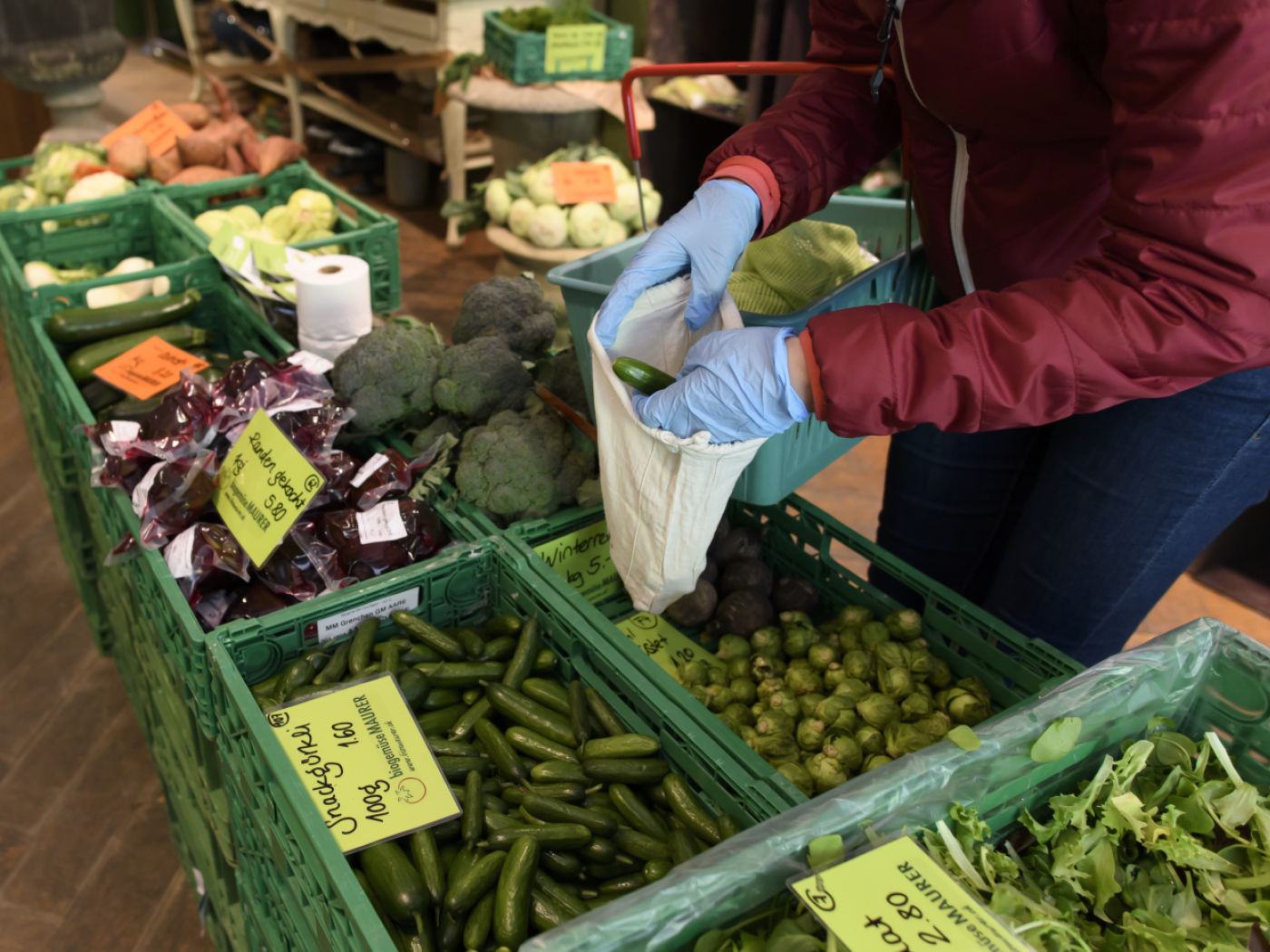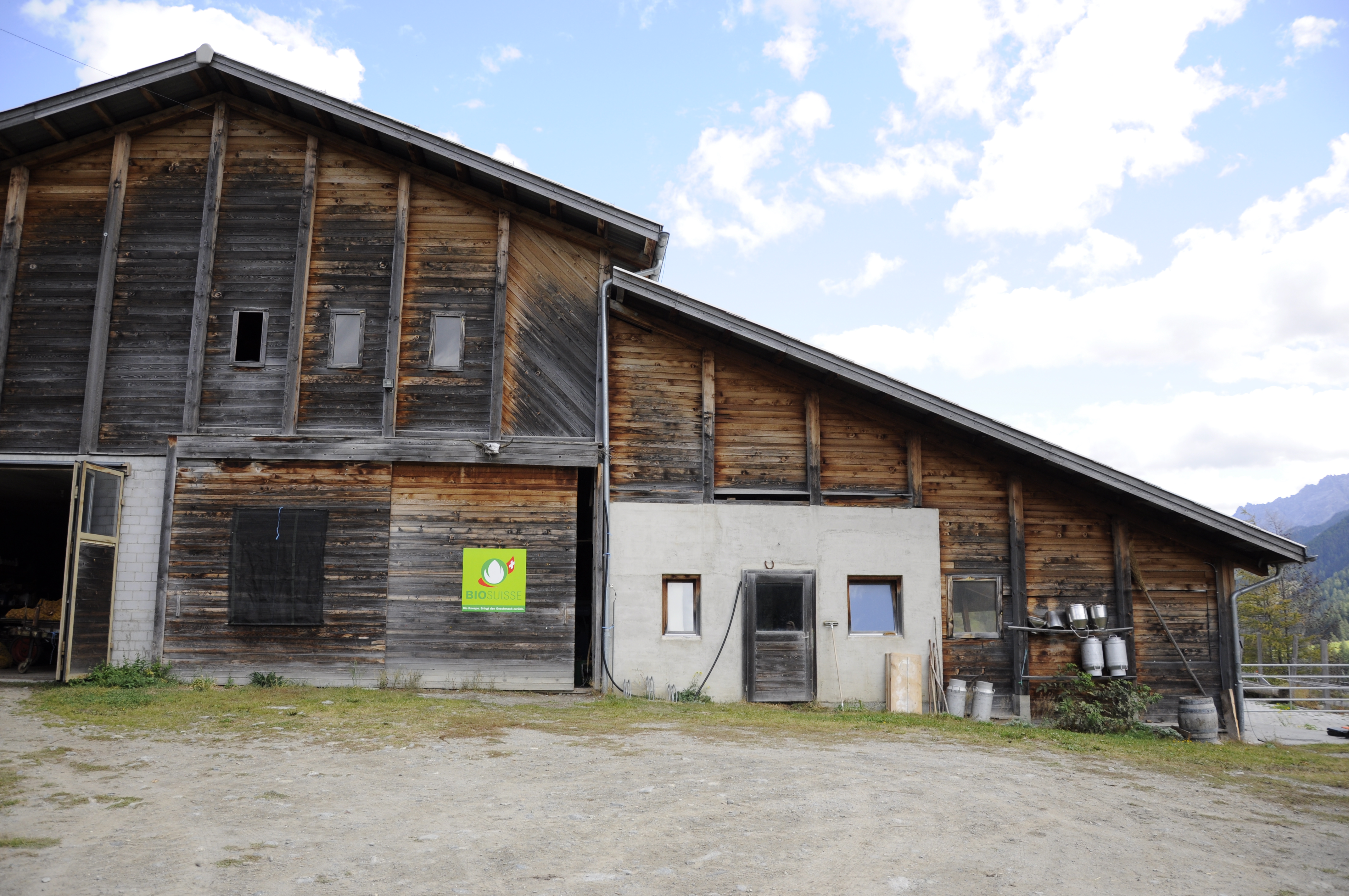
Switzerland sees significant increase in land used for organic vegetable production

Vegetable growing is becoming increasingly important in Switzerland – especially organic farming. This is shown by new figures from the Federal Statistical Office. Since 1996, the area devoted to organic vegetables in Switzerland has increased six-fold to 3,160 hectares.
A quarter of the Swiss vegetable area is now farmed organically, according to the publication Vegetables in Switzerland published on Tuesday by the Federal Statistical Office (FSO).
+Get the most important news from Switzerland in your inbox
Overall, the area of agricultural land used for vegetable cultivation in Switzerland has increased by 50% since 1996 to a total of 12,750 hectares. This corresponds to slightly more than the area of Lake Lucerne.
However, a FSO survey also shows that consumers don’t pay a lot of attention to organic produce when making purchasing decisions. In 2023, seasonality, regional or Swiss origin, and appearance were the most important factors when buying vegetables.

More
Switzerland leads the way in Europe on organic food
This was followed by price and environmentally friendly packaging. “The fact that the products are organically grown was the least important purchase criterion,” the publication states.
Stable vegetable consumption
Vegetable consumption in Switzerland has remained stable in recent years at around 100 kilograms per person per year. Fruit vegetables such as tomatoes, zucchinis, and melons are by far the most consumed vegetables. They are followed by root and tuber vegetables such as carrots, fennel and beetroot. Only then do salads follow.
The self-sufficiency rate for vegetables in Switzerland was 44% in 2023. This is compared to a self-sufficiency of 54% in Switzerland for all foodstuff. The production value of vegetables in Switzerland amounted to around CHF758 million ($831 million) in 2023 – around six% of the production value of agriculture as a whole.
Adapted from German by DeepL/jdp
This news story has been written and carefully fact-checked by an external editorial team. At SWI swissinfo.ch we select the most relevant news for an international audience and use automatic translation tools such as DeepL to translate it into English. Providing you with automatically translated news gives us the time to write more in-depth articles.
If you want to know more about how we work, have a look here, if you want to learn more about how we use technology, click here, and if you have feedback on this news story please write to english@swissinfo.ch.

In compliance with the JTI standards
More: SWI swissinfo.ch certified by the Journalism Trust Initiative
















![The four-metre-long painting "Sonntag der Bergbauern" [Sunday of the Mountain Farmers, 1923-24/26] had to be removed by a crane from the German Chancellery in Berlin for the exhibition in Bern.](https://www.swissinfo.ch/content/wp-content/uploads/sites/13/2025/12/01_Pressebild_KirchnerxKirchner.jpg?ver=14ffbad8)













You can find an overview of ongoing debates with our journalists here . Please join us!
If you want to start a conversation about a topic raised in this article or want to report factual errors, email us at english@swissinfo.ch.